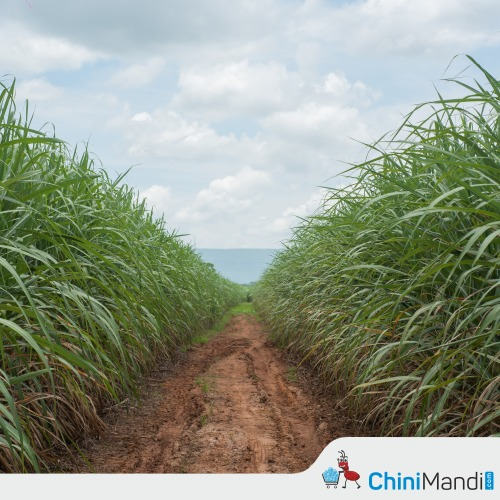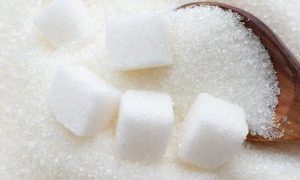South Florida farmers top water quality standards

South Florida’s Everglades Agricultural Area (EAA) farmers have achieved a 46% annual phosphorus reduction, surpassing the 25% reduction required by the Everglades Forever Act. Despite challenges from El Niño rains, farmers have maintained a 57% average annual reduction over nearly 30 years. Innovative farming practices, including laser land leveling and sediment entrapment, have significantly improved water quality. EAA farmers have removed 4,765 metric tons of phosphorus, demonstrating their commitment to environmental stewardship and sustainable agriculture.
CLEWISTON — South Florida’s sugarcane, vegetable, fruit, sod and rice farmers have reached another milestone in their nearly three decades of on-farm efforts to clean water. Farmers this year achieved a 46% annual phosphorus reduction – nearly double the 25% reduction required under Florida’s 1996 Everglades Forever Act. Since the program began nearly 30 years ago, Everglades Agricultural Area (EAA) farmers’ clean water efforts have averaged a 57% annual reduction.
Despite challenges brought on by a wetter winter from El Nino rains, EAA farmers continue a decades-long trend of more than meeting protective water quality standards. Additional rainfall during the normally dry season months means there is more opportunity for soil erosion and soil-related phosphorus entering waterways. Thanks to investments in innovative farming techniques, farmers were able to nearly double their efforts of reducing phosphorus entering the system.
“South Florida farmers have once again demonstrated their unwavering commitment to environmental excellence by surpassing rigorous water quality standards,” said Ryan Duffy, Director of Corporate Communications for U.S. Sugar. “Their dedication among various challenges underscores their pivotal role in safeguarding our precious resources and setting a benchmark for sustainable agriculture.”
EAA farmers were recently recognized for their continued water quality achievements by the South Florida Water Management District which noted, “in Water Year 2024 (WY2024), the EAA Basin achieved a total phosphorus (TP) load reduction of 46% compared to the base period.”
To date, EAA farmers have removed 4,765 metric tons of phosphorus in the water flowing south from their farms. Over the past year, water quality monitors registered phosphorus levels from Lake Okeechobee to EAA farms at 170 ppb while phosphorus in water leaving EAA farms was much cleaner at 90 ppb.
“Florida farmers continue to demonstrate the meaning of leading through example by putting their commitments into action with another year of more than meeting Everglades restoration requirements,” said Brittany Bearden, spokesperson for Florida Sugarcane Farmers. “The data continues to show decades of clean water innovations set the bar for environmental stewardship across the nation.”
Farmers use science-based innovative farming methods called Best Management Practices (BMPs) that play a critical role in achieving water quality standards. Through a partnership with the University of Florida, on-farm BMPs were developed to reduce soil erosion and help cleanse the water. Techniques include laser land leveling, sediment entrapment, and meticulously managed pumping practices designed to keep water and naturally nutrient-rich soil on farms. The EAA is the most stringently monitored farming area for soil, water, and air quality in the United States.
Florida Sugarcane Farmers provide $4.7 billion per year to Florida’s economy, employing 19,201 Floridians. On many farms, dozens of fresh fruits and vegetables along with rice, herbs and spices are grown in rotation with sugarcane.
To read more about the news about the Sugar Industry continue reading Agriinsite.com
Source Link : https://www.lakeonews.com/stories/south-florida-farmers-once-again-top-water-quality-standards,68521















